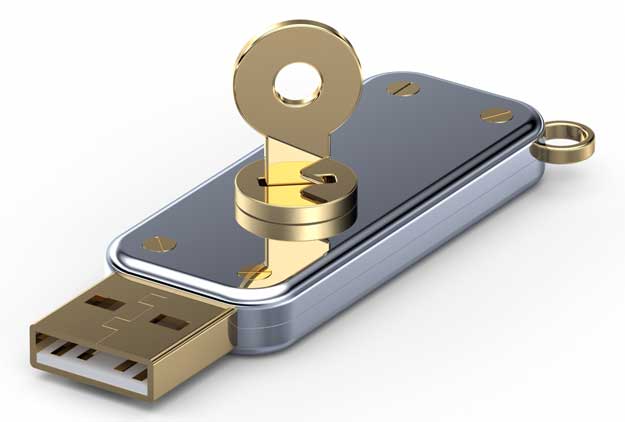Some criminals have switched to new iPhones as their "device of choice" to commit wrongdoing due to strong encryption Apple Inc has placed on their products, three law enforcement groups said in a court filing.The groups told a judge overseeing Apple's battle with the US Department of Justice on Thursday that, among other things, they were aware of "numerous instances" in which criminals who previously used so-called throwaway burner phones had switched to iPhones. They did not list a specific instance.
The brief by the Federal Law Enforcement Officers Association and two others also cited a jailhouse phone call intercepted by New York authorities in 2015, in which an inmate called Apple's encrypted operating system a "gift from God."The government obtained a court order last month requiring Apple to write new software to disable passcode protection and allow access to an iPhone used by one of the shooters in the December killings in San Bernardino, California.Apple asked that the order be vacated, arguing such a move would set a dangerous precedent and threaten customer security.
Tech industry leaders including Google, Facebook and Microsoft and more than two dozen other companies filed legal briefs on Thursday supporting Apple. The Justice Department received support from law enforcement groups and six relatives of San Bernardino victims.The law enforcement groups said in their brief that Apple's stance poses a grave threat to investigations across the country.The FBI says Rizwan Farook and his wife, Tashfeen Malik, were inspired by Islamist militants when they shot and killed 14 people on Dec. 2 at a holiday party.
The couple later died in a shootout with police and the FBI said it wants to read the data on Farook's work phone to investigate any links with militant groups.In a filing on Thursday, the San Bernardino County District Attorney's Office said at least two 911 calls from the time of the shooting reported three assailants, not two.Even though those reports were "not corroborated," if in fact there were three attackers it would be important to crack open the iPhone "to identify as of yet unknown co-conspirators," the District Attorney's filing stated.
Apple has said it respects the FBI and has cooperated by turning over data in its possession.The latest request is different, Apple says, because it requires them to crack a phone with a software tool that does not currently exist.
This content is copied from http://timesofindia.indiatimes.com
This content is copied from http://timesofindia.indiatimes.com






